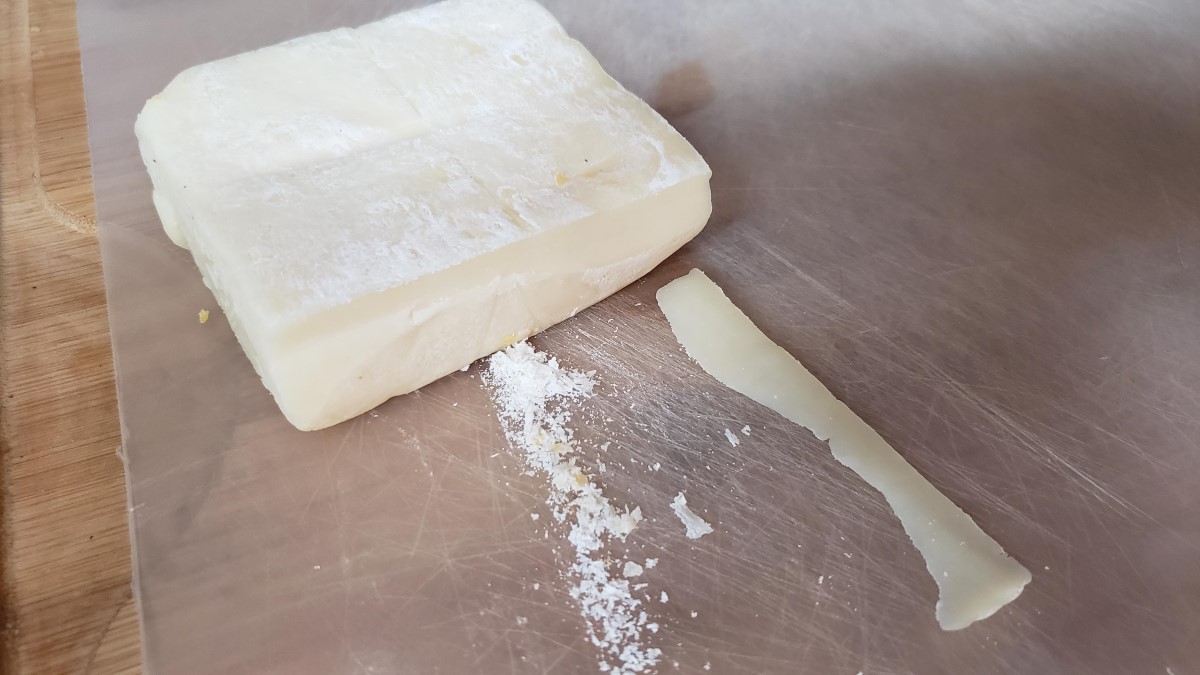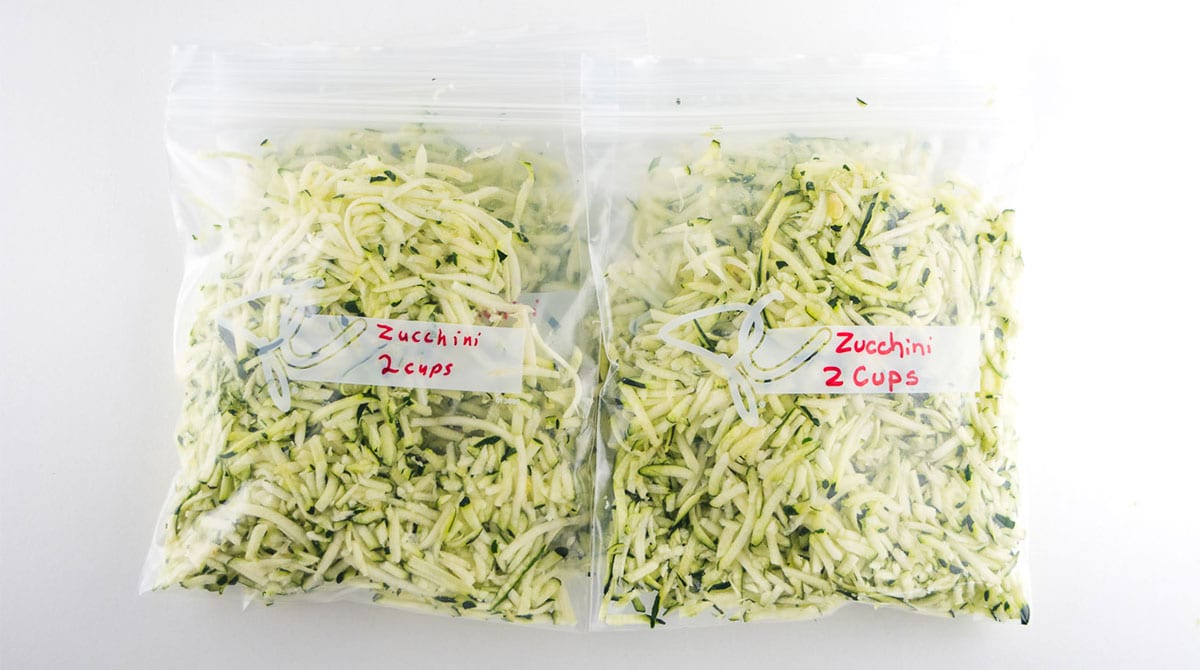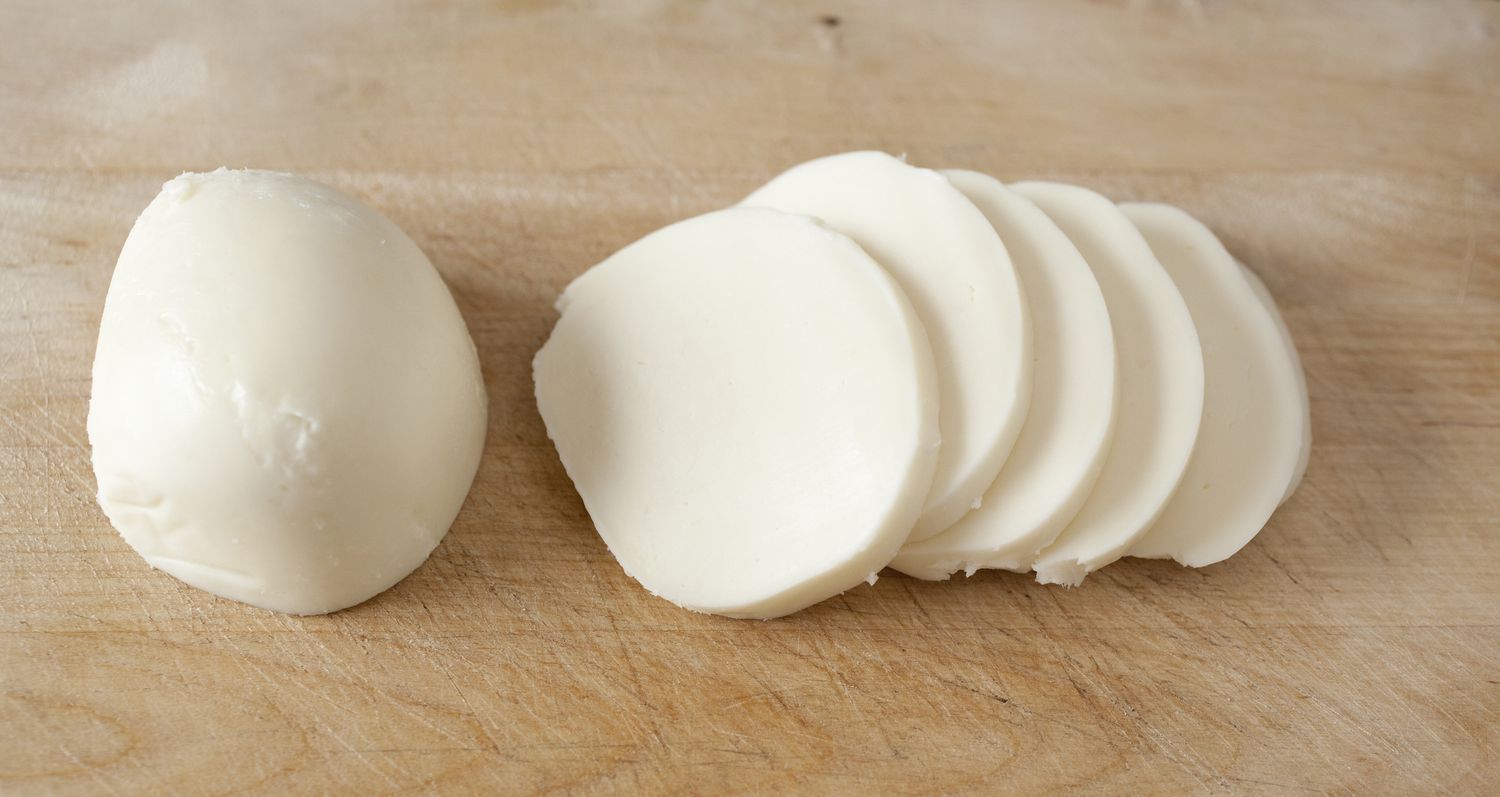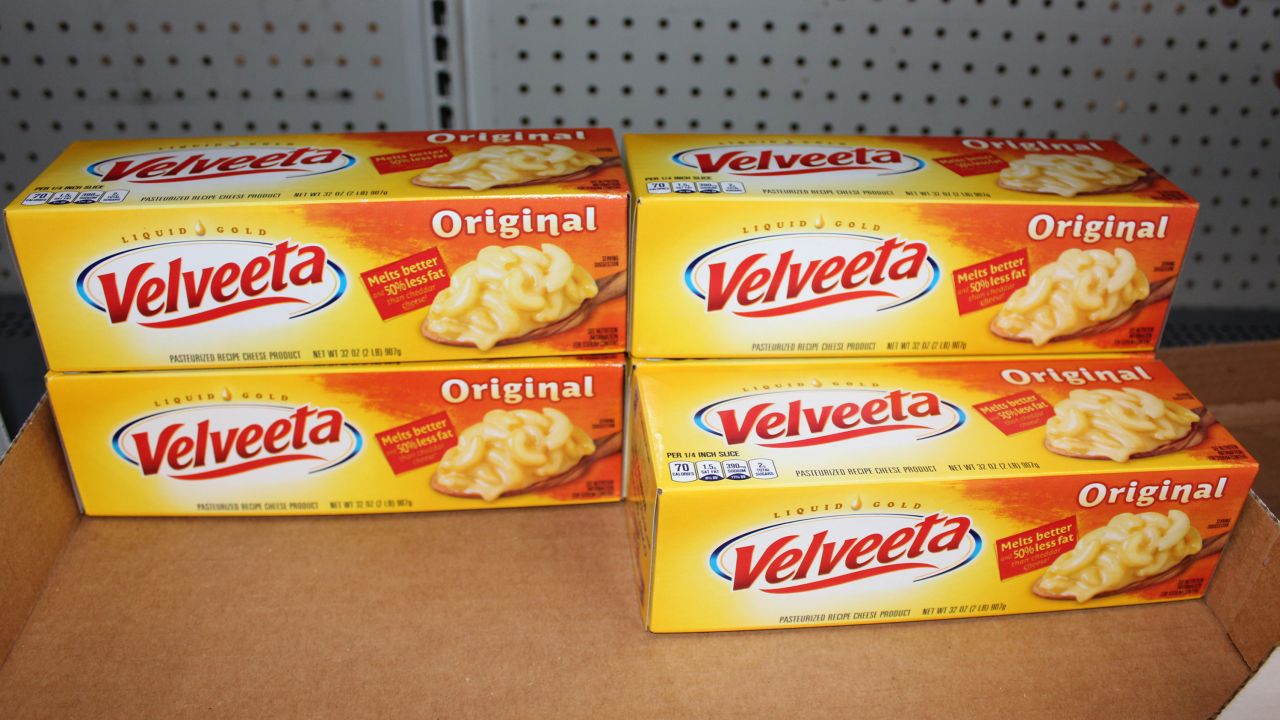

Articles
How To Store Shredded Cheese In Fridge
Modified: December 7, 2023
Learn the best ways to store shredded cheese in the fridge to keep it fresh and prevent it from spoiling. Read our helpful articles now!
(Many of the links in this article redirect to a specific reviewed product. Your purchase of these products through affiliate links helps to generate commission for Storables.com, at no extra cost. Learn more)
Introduction
When it comes to enjoying the deliciousness of cheese, it’s important to know how to properly store it. Whether you’ve bought a packet of shredded cheese for a recipe or have leftovers from a cheese platter, knowing how to store shredded cheese in the fridge will help keep it fresh and flavorful for longer.
Cheese is a versatile and beloved ingredient in many dishes, but improper storage can lead to it losing its flavor and texture, or even spoiling. Understanding the importance of proper cheese storage and following the correct steps will not only help you preserve the quality of your shredded cheese but also prevent unnecessary food waste.
In this article, we will explore the factors that affect shredded cheese storage, the steps for storing it in the fridge, tips for maximizing its shelf life, and how to identify signs of spoiled shredded cheese.
So, let’s delve into the world of cheese storage and ensure that your shredded cheese stays fresh and tasty for as long as possible!
Key Takeaways:
- Properly storing shredded cheese in the fridge is crucial for maintaining its flavor and quality, preventing unnecessary waste, and maximizing its shelf life. By following simple steps and being mindful of signs of spoilage, you can enjoy fresh and delicious shredded cheese for longer periods.
- Factors such as air exposure, temperature, moisture, odor transfer, and handling can all impact the storage of shredded cheese. By understanding these factors and implementing proper storage techniques, you can ensure that your shredded cheese stays fresh, flavorful, and safe for consumption.
Read more: How To Store Shredded Cheese
Importance of Proper Cheese Storage
Proper cheese storage is essential for maintaining the flavor, texture, and quality of shredded cheese. By understanding the importance of storing cheese correctly, you can ensure that every bite of your culinary creation is delightful. Here are a few key reasons why proper cheese storage is crucial:
- Prolongs Freshness: Storing shredded cheese correctly helps to prolong its shelf life and prevent it from spoiling prematurely. By keeping it fresh, you can enjoy the full flavor and texture of the cheese.
- Maintains Flavor: Cheese has a variety of flavors, and proper storage helps to preserve these flavors for an extended period. By protecting the cheese from exposure to air, moisture, and odors, you can ensure that the taste of your shredded cheese remains intact.
- Prevents Contamination: If cheese is stored improperly, it can easily become contaminated by bacteria and other microorganisms. This can lead to foodborne illnesses and spoilage. Proper storage techniques help to minimize the risk of contamination.
- Reduces Food Waste: When cheese is stored correctly, it can last longer without losing its quality. This means you can use it efficiently and reduce food waste. By properly storing shredded cheese, you can make the most of your culinary ingredients and save money in the process.
By understanding the importance of proper cheese storage, you can elevate your culinary experience and ensure that your shredded cheese remains fresh, flavorful, and safe to consume.
Factors that Affect Shredded Cheese Storage
Several factors can influence the storage of shredded cheese and impact its quality and shelf life. It’s essential to take these factors into consideration to ensure that your shredded cheese stays fresh for as long as possible. Here are some key factors that can affect shredded cheese storage:
- Air Exposure: Exposure to air can cause shredded cheese to dry out and become stale. It can also lead to the growth of mold and bacteria. Properly sealing the shredded cheese in an airtight container or resealable bag can help protect it from excessive air exposure.
- Temperature: Cheese is sensitive to temperature fluctuations. When exposed to high temperatures, shredded cheese can melt and lose its shape and texture. On the other hand, extremely cold temperatures can cause the cheese to become hard and difficult to use. Storing shredded cheese at a consistent temperature, ideally between 34°F and 38°F (1°C to 3°C), is crucial for maintaining its quality.
- Moisture: Excess moisture can lead to the growth of mold and bacteria, causing the shredded cheese to spoil more quickly. It’s essential to keep the cheese dry and away from damp areas in the refrigerator. Additionally, using moisture-absorbing packets or a paper towel in the storage container can help absorb any excess moisture.
- Odor Transfer: Cheese has a porous texture and can absorb odors from other foods in the refrigerator. Properly sealing the shredded cheese in an airtight container or wrapping it tightly with plastic wrap can help prevent odor transfer.
- Handling: How the shredded cheese is handled can also affect its storage. It’s important to use clean utensils when handling the cheese to prevent introducing bacteria or contaminants. Additionally, avoiding excessive touching or squeezing of the cheese can help maintain its texture.
By considering these factors and taking the necessary precautions, you can ensure that your shredded cheese stays fresh, flavorful, and safe for consumption.
Steps for Storing Shredded Cheese in the Fridge
Properly storing shredded cheese in the fridge is essential for maintaining its freshness and quality. By following these simple steps, you can ensure that your shredded cheese stays flavorful and ready to use:
- Choose the Right Container: Opt for an airtight container or resealable bag specifically designed for food storage. Ensure that it is clean and free from any lingering odors.
- Label and Date: Before transferring the shredded cheese to the container, label it with the type of cheese and the date of storage. This will help you keep track of its freshness.
- Portion Control: If you frequently use small amounts of shredded cheese, consider portioning it into smaller containers or resealable bags. This way, you can easily grab the desired amount without exposing the entire batch to air.
- Squeeze Out Air: When sealing the container or bag, make sure to squeeze out as much air as possible. This will help prevent the cheese from drying out or becoming stale.
- Store at the Right Temperature: Place the container of shredded cheese in the refrigerator at a temperature between 34°F and 38°F (1°C to 3°C). Avoid storing it in the door where the temperature might fluctuate more.
- Keep Away from Moisture: To prevent excess moisture, place a moisture-absorbing packet or a paper towel in the container with the shredded cheese. This will help absorb any moisture and prolong its freshness.
- Avoid Odor Transfer: Store the shredded cheese away from strong-smelling foods such as onions or garlic. Additionally, tightly wrap the container or bag with plastic wrap to prevent odor transfer.
- Keep It Fresh: As you use the shredded cheese, make sure to reseal the container tightly after each use. This will help maintain its freshness and prevent exposure to air.
By following these simple steps, you can ensure that your shredded cheese stays fresh, flavorful, and ready to enhance your favorite dishes.
Store shredded cheese in an airtight container or resealable bag in the fridge to prevent it from drying out or absorbing odors. It will stay fresh for up to 2 weeks.
Tips for Maximizing the Shelf Life of Shredded Cheese
To maximize the shelf life of shredded cheese and ensure its freshness, there are several tips and tricks you can follow. By implementing these strategies, you can make the most of your shredded cheese and minimize food waste. Here are some helpful tips:
- Buy Fresh Cheese: Start with fresh shredded cheese from a reputable source to ensure the best quality and maximum shelf life.
- Check the Expiry Date: Before purchasing shredded cheese, always check the expiration or best before date to make sure it has sufficient shelf life remaining.
- Freeze Unused Portions: If you have a large quantity of shredded cheese that you won’t be able to use before it spoils, consider freezing it in a well-sealed freezer bag. This can extend its shelf life by several months.
- Use Clean Utensils: When taking out shredded cheese from the container, use clean utensils or wash your hands thoroughly to prevent introducing bacteria or contaminants.
- Reseal Properly: After each use, make sure to reseal the container tightly to prevent air exposure and moisture from entering.
- Avoid Cross-Contamination: Be mindful of using different utensils or cutting boards for different types of shredded cheese to avoid cross-contamination and mixing flavors.
- Incorporate Cheese Savers: Cheese savers, specially designed containers or bags that help regulate air and moisture, can help prolong the shelf life of shredded cheese.
- Keep It Separate: To avoid moisture transfer, store shredded cheese separately from other food items in the fridge.
- Refrigerate Immediately: After using shredded cheese in a recipe or for snacking, promptly return it to the fridge to maintain its freshness.
- Smell and Visual Inspection: Regularly check the shredded cheese for any signs of spoilage, such as a foul odor, mold, or discoloration. If you detect any, it’s best to discard it.
By following these tips, you can maximize the shelf life of your shredded cheese and ensure that it remains fresh, safe, and delicious for as long as possible.
Read more: How To Store Freshly Shredded Cheese
Signs of Spoiled Shredded Cheese
Knowing how to identify signs of spoiled shredded cheese is crucial for ensuring the safety and quality of your food. It’s important to be vigilant and regularly check your shredded cheese for any indications of spoilage. Here are some common signs to watch out for:
- Foul Odor: One of the most apparent signs of spoiled shredded cheese is a foul or rancid smell. If the cheese emits a strong and unpleasant odor, it is likely no longer safe to consume.
- Mold Growth: If you notice any signs of mold on the shredded cheese, such as green, blue, or white spots, it is an indication of spoilage. Mold can quickly spread and should be considered a warning sign that the cheese has gone bad.
- Discoloration: Any significant changes in color, such as darkening or yellowing of the shredded cheese, can be an indication of spoilage. Fresh cheese should have a consistent color, and any deviations should be treated with caution.
- Texture Changes: Spoiled shredded cheese may exhibit changes in texture. It may become clumpy, slimy, or excessively dry. If the texture is no longer smooth and uniform, it is best to discard it.
- Unpleasant Taste: If you detect any off-flavors or a bitter taste when consuming the shredded cheese, it is a sign that it has turned. Fresh cheese should have a pleasant and distinct flavor, so any deviations should be cause for concern.
- Packaging Damage: If the package of shredded cheese is swollen, leaking, or damaged, it could indicate that air or contaminants have entered, increasing the risk of spoilage. It’s best to err on the side of caution and discard the cheese.
It’s important to note that while shredded cheese has a longer shelf life compared to other dairy products, it is still susceptible to spoilage. If you notice any of these signs, it’s best to exercise caution and discard the shredded cheese to avoid any potential health risks.
By knowing the signs of spoiled shredded cheese, you can prioritize food safety and ensure that you only consume cheese that is fresh, flavorful, and safe to eat.
Conclusion
Properly storing shredded cheese in the fridge is essential for preserving its flavor, texture, and quality. By understanding the importance of proper cheese storage and following the right steps, you can maximize the shelf life of your shredded cheese and avoid unnecessary waste.
Factors such as air exposure, temperature, moisture, odor transfer, and handling can all affect the storage of shredded cheese. Taking these factors into consideration and implementing strategies to mitigate them will help ensure that your shredded cheese stays fresh and flavorful for longer.
By following the steps for storing shredded cheese in the fridge, such as choosing the right container, squeezing out air, and keeping it at the right temperature, you can maintain the quality of your shredded cheese and prevent it from spoiling prematurely.
Additionally, there are several tips for maximizing the shelf life of shredded cheese, such as buying fresh cheese, portion control, and using proper sealing techniques. These tips, along with proper handling, can help extend the shelf life of your shredded cheese and reduce food waste.
It is also important to be aware of the signs of spoiled shredded cheese, including foul odors, mold growth, discoloration, texture changes, unpleasant taste, and packaging damage. Regularly inspecting your shredded cheese for these signs will help you determine whether it is still safe to consume.
In conclusion, by following proper storage techniques, maximizing shelf life, and being vigilant for signs of spoilage, you can enjoy fresh and delicious shredded cheese for longer periods. So, take care of your shredded cheese, savor its flavors, and enjoy culinary creations with confidence!
Frequently Asked Questions about How To Store Shredded Cheese In Fridge
Was this page helpful?
At Storables.com, we guarantee accurate and reliable information. Our content, validated by Expert Board Contributors, is crafted following stringent Editorial Policies. We're committed to providing you with well-researched, expert-backed insights for all your informational needs.















0 thoughts on “How To Store Shredded Cheese In Fridge”